Choosing the Right Calendar Software for Efficient Scheduling

Introduction
In today’s fast-paced world, managing schedules and appointments can be a challenging task. That’s why finding the perfect calendar software is crucial. But with a plethora of options available, how do you choose the right one?
In this article, we will explore key factors to consider when selecting calendar software that meets your specific needs. From defining your scheduling objectives to prioritizing user-friendliness, verifying compatibility and integration, and emphasizing customization options, we will guide you through the process of finding the ideal tool. We will also discuss the importance of mobile accessibility, automation of notifications and reminders, and the need for robust security and privacy features.
Additionally, we will delve into the significance of evaluating customer support, scalability, pricing structure, and taking advantage of free trials or demos. Lastly, we will explore the value of seeking user reviews and recommendations, and highlight some top scheduling tools to consider. So, if you’re ready to take your scheduling and management to the next level, keep reading to discover the calendar software that will revolutionize your day-to-day operations.
Define Your Scheduling Needs and Objectives
When seeking the perfect calendar software, your first step is to get a grip on the specific scheduling demands you’re facing. Are your eyes set on a straightforward calendar for logging those all-important meetings and appointments, or is your heart set on a more robust system that can ace team collaboration and juggle resources like a pro? Consider the case of Schedule, a dynamic, interactive Gantt chart that updates in real-time, ideal for the fast-paced adjustments needed in project management. Or take a leaf out of Somerset Academies of Texas’s book, where integrating divergent systems into a cohesive scheduling tool was key to managing a diverse educational offering. And with the emergence of Notion Calendar, the evolution of time management tools is clear, emphasizing the importance of a connected and comprehensive calendar system that aligns with professional and personal commitments. Remember, the world of calendar scheduling is as diverse as the needs of NGOs, enterprises, and individuals. So take the time to choose your software wisely, ensuring it’s the hero that meets your unique scheduling saga.
Prioritize User-Friendliness
Choosing the right calendar software can be a game-changer for managing your busy schedule. It’s essential to pick a tool that feels like a natural extension of your workflow. An intuitive interface is a must, allowing you to effortlessly plug in appointments, shuffle meetings, and oversee your agenda without a hitch. A clutter-free and well-organized layout enhances your experience, making it easier to spot your upcoming commitments at a glance. The best part? You don’t need to be a tech whiz to master these tools. A calendar app that’s a breeze to use can transform your day-to-day time management, leaving you more time to focus on what really matters. Remember, a user-friendly calendar isn’t just a nice-to-have; it’s a cornerstone for efficiency in our fast-paced world.
Verify Compatibility and Integration
Choosing a calendar software isn’t just about finding something with the right features; it’s about finding something that plays well with the tools you already use daily. You want a solution that integrates effortlessly with the email clients you’re hooked on, like Outlook or Gmail, and one that gels with other essential productivity tools, whether that’s for project management or keeping up with your team through messaging apps. When you have a calendar system that syncs across your software ecosystem, your entire workflow becomes more fluid. You ditch the time sinks of manual data entry and juggling between platforms, and instead, you’ve got a smooth operation where everything connects like pieces of a puzzle.
Imagine a world where calendar scheduling is not just a mundane part of your routine, but a pivotal tool that powers up your entire operation. That’s the vibrant landscape of today’s calendar software options. They’re designed not just to keep track of your appointments but also to serve as the nerve center for your scheduling needs, whether you’re at the helm of an NGO, a bustling startup, or sailing solo as a digital nomad.
Consider, for example, the ease with which Calendbook brings simplicity to your scheduling. It’s a three-step dance: you set your availability, share a link, and watch as appointments auto-populate your calendar. It’s a no-sweat process for your clients too, who see only the slots you’re free, avoiding any back-and-forth. Calendbook even handles the nitty-gritty of time zones, making global appointments a breeze. Plus, it checks for conflicts across up to 10 calendars, sends out invites and confirmation emails—a real symphony of convenience.
Now, what if you’re facing the challenge of integrating project management with your scheduling tools? That’s where the latest Jira import functionality in Office Timeline steps in, bridging the gap between granular task tracking and high-level project visibility. It’s a response to the call for tools that can balance the complex interplay of software systems, a boon for project managers juggling multiple priorities.
With these advancements, it’s clear that the right calendar software can do more than just remind you of meetings; it can revolutionize how you manage your day, balance your professional and personal life, and boost your productivity to new heights. So, are you ready to take your scheduling and management to the next level with a calendar tool that fits like a glove in your operational ensemble?
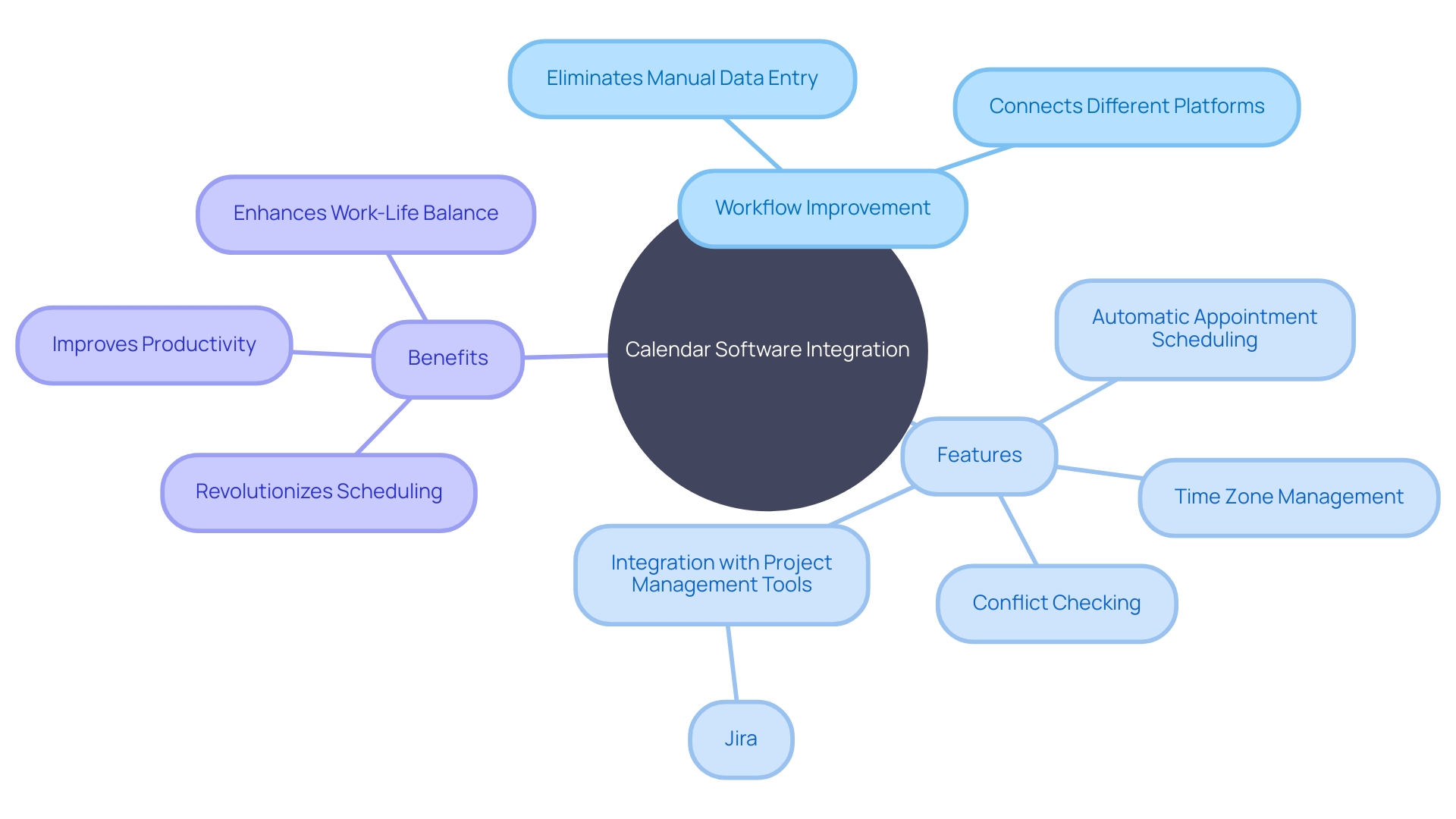
Mobile Accessibility
Imagine having a calendar that travels through time with you, allowing you to schedule and manage your appointments with the ease of a seasoned time traveler. With advancements in mobile technology, this isn’t just a flight of fancy. The right calendar software can provide you with the ability to access and manage your schedules no matter where you are, through an intuitive mobile app or a responsive web interface. This seamless mobile accessibility ensures that no matter if you’re in the middle of a bustling city or sitting at a beach, your organization journey is as smooth as possible.
Mobile technology has revolutionized our approach to daily tasks. A recent survey indicated that half of the users of mobile assistive technology reported that accessibility barriers significantly affect their daily lives. Therefore, it’s crucial that the calendar tool you choose not only keeps you organized but is also inclusive, catering to a range of users with diverse needs. This includes features like screen readers for the visually impaired or alternative navigation for those with physical disabilities.
As we live in an era where almost 97% of Americans own a mobile phone and spend an average of over four hours daily on it, a mobile-friendly calendar isn’t a luxury—it’s a necessity. It’s about staying connected to your most critical tasks without being tethered to a desk. It’s about ensuring that the 57% of Americans who identify as ‘mobile phone addicts’ can manage their time effectively. So, make sure your calendar tool is not just a tool, but a gateway to enhanced productivity, accessibility, and freedom in your schedule management.
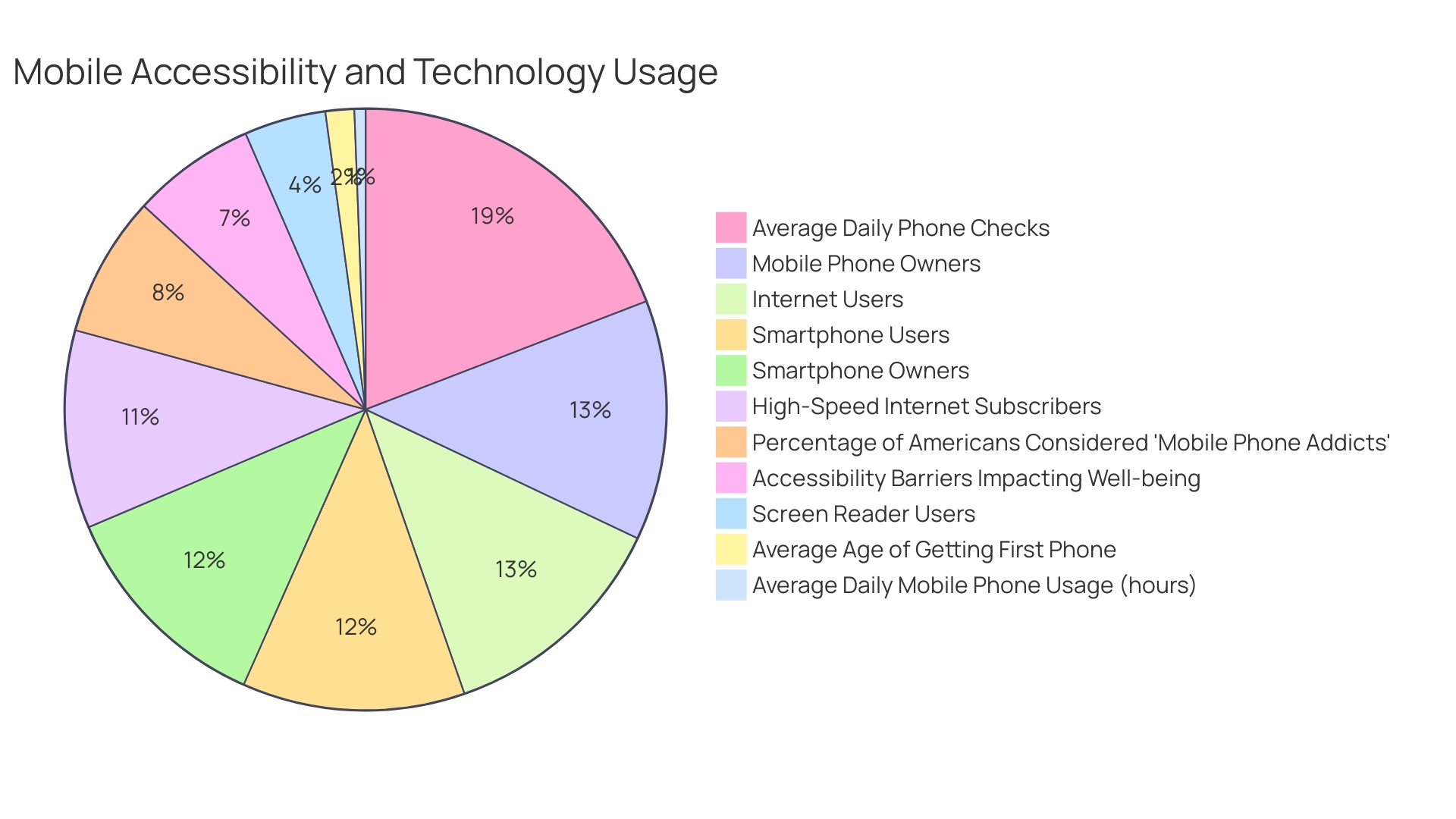
Emphasize Customization Options
With a plethora of calendar scheduling solutions out there, each boasting unique features and customization capabilities, it’s all about finding the one that resonates with your personal or organizational style. Imagine software that doesn’t just keep track of your appointments but also reflects your brand’s colors, offers a layout that fits your workflow, and displays information in a way that makes sense to you. That’s the kind of personalization that turns a good scheduling tool into a great one. From the bustling world of NGOs and large enterprises to the dynamic lifestyles of digital nomads and young adults, there’s a perfect fit for everyone. Products like Cal.com and Acuity Scheduling are leading the charge by offering such tailored experiences that can make all the difference in managing your time effectively. Moreover, the recent updates and growth statistics from Cal.com, with its major feature releases and expansion into new products like Cal.ai, show a commitment to evolving with user needs, offering more than just a standard calendar—they’re creating a comprehensive scheduling ecosystem. Whether you’re a solopreneur or part of a larger business structure, the flexibility to customize your calendar tools can streamline your scheduling and help you stay on top of your game.
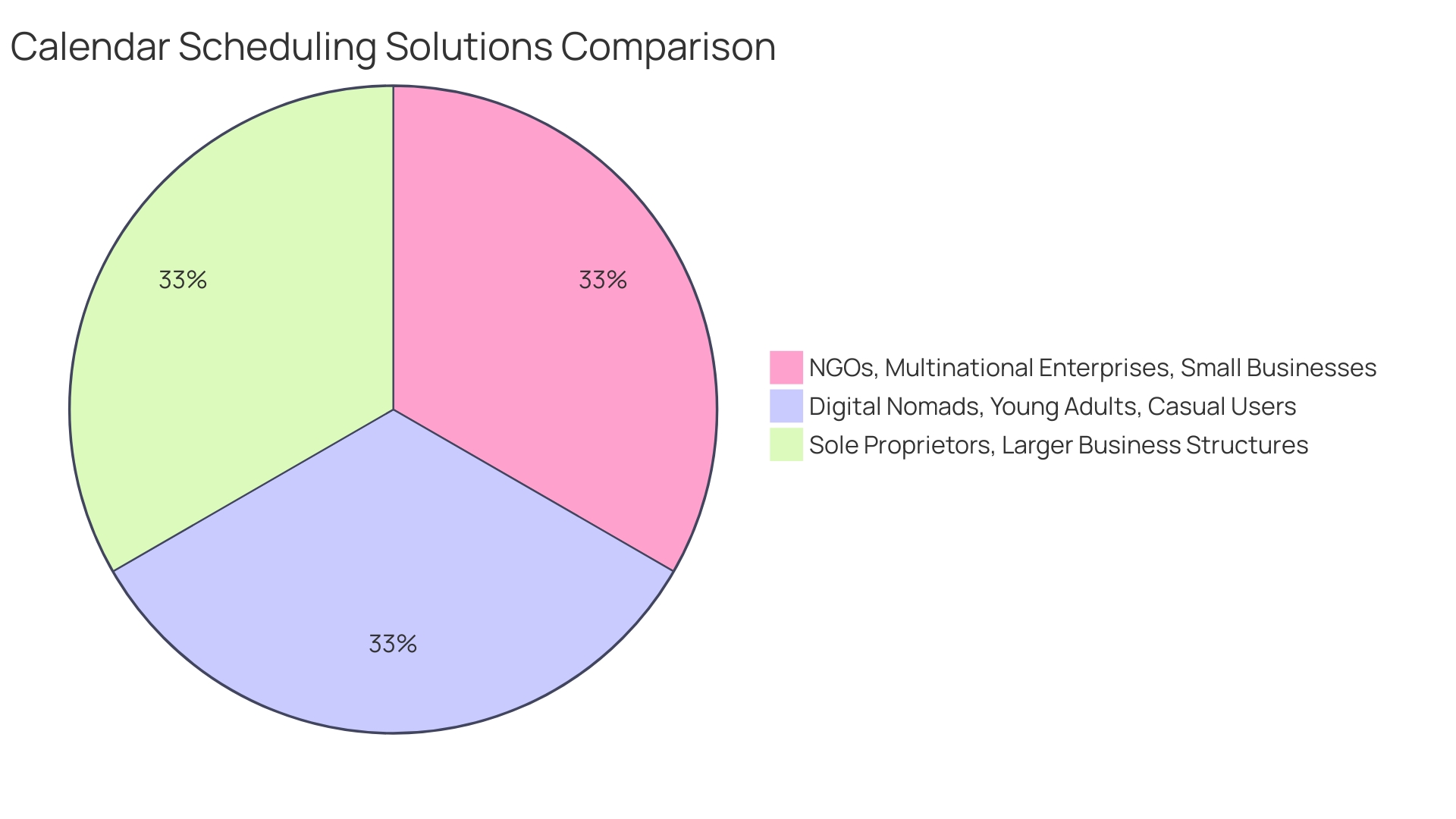
Automate Notifications and Reminders
Automated notifications and reminders are like a secret superpower for keeping you on track with your hectic schedule. Imagine having a tool that not only remembers all your important dates but also gives you a nudge when something is coming up. That’s exactly what savvy calendar software offers. With smart algorithms, these calendars can generate timely reminders based on the specific intervals you set, ensuring you’re alerted for each crucial meeting or deadline.
For example, in the dynamic world of contract management, a customizable notification system is invaluable. You could have a contract that requires updates every fortnight, and your digital calendar can be programmed to remind you just at the right time without fail. It’s like having a personal assistant who never forgets.
Think about how much time that could save you. Studies have indicated that even a small time saving of 11 minutes a day can lead to a significant increase in productivity and work enjoyment. Over a month, that’s almost five hours saved!
Moreover, the digital calendar has evolved from a simple scheduling tool to a comprehensive assistant thanks to big data and AI. Open source calendars, in particular, are a game-changer in the business sector. They allow for intricate customization and adaptability, which proprietary calendars lack, making them an asset for enhancing organizational efficiency.
It’s more than just an alert system; it’s about syncing your life across different platforms. Whether it’s work, personal, or family calendars, they can all be synchronized, so you’re always one step ahead. As one expert put it, this level of integration can ‘dramatically change your workday and even your life.’
So, when scouting for the perfect calendar software, don’t overlook the power of a robust notification feature. It’s not just about getting reminders but about making your calendar work for you, turning it into a tool that supports your fast-paced lifestyle and keeps you at the top of your game.
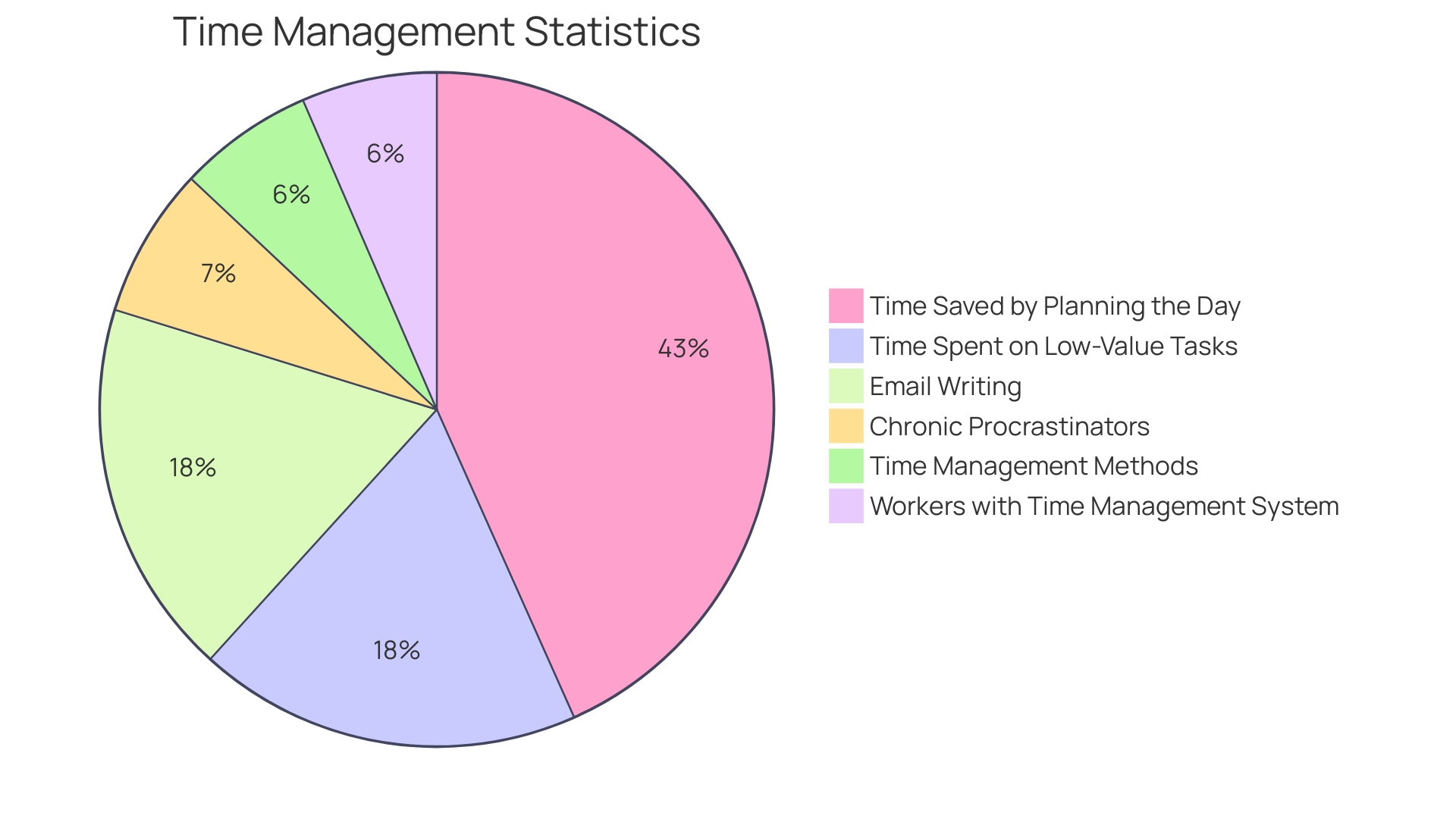
Prioritize Security and Privacy
Selecting the right calendar software for handling sensitive information is a crucial decision. Whether it’s for client meetings, confidential projects, or personal appointments, the integrity of your data is non-negotiable. A prime concern is to keep your details protected from prying eyes, and this is where security features come into play. You’ll want to seek out options that come equipped with password protection to lock down access, encryption to scramble your data into indecipherable code, and access controls that ensure only authorized individuals can peek into your schedule. The right tool will act like a digital vault for your information, fortifying it against unauthorized breaches and giving you peace of mind. Lately, a BleepingComputer report highlighted vulnerabilities in popular scheduling plugins, reminding us of the ever-present risks and reinforcing the need for robust security measures in the tools we rely on every day. As you navigate the vast sea of scheduling solutions, from those tailored for the bustling enterprise to the solitary digital nomad, it’s vital to prioritize your privacy and settle for nothing less than a fortress for your data.
Evaluate Customer Support
Choosing the perfect calendar software isn’t just about features and interfaces; it’s also about the support you’ll receive when you need it most. It’s crucial to explore the customer support options provided by the vendor, as a robust support system can immensely enhance your calendar scheduling experience. Look for services that offer multiple channels for assistance, such as email, live chat, and phone support, to ensure you can reach out in the way that suits you best.
Moreover, it’s wise to delve into reviews and customer testimonials to understand the vendor’s track record on responsiveness and effectiveness. Remember, a swift and competent customer support team isn’t just a nice-to-have; it’s a game-changer that adds value to your scheduling tools and can significantly uplift your day-to-day operations. After all, in a world where customer experience is increasingly intertwined with technology and operational efficiency, the caliber of customer support can truly make or break your experience with calendar software.
Consider Scalability
Selecting a calendar software that not only meets your current needs but also has the capacity to grow with your business is crucial. As you assess potential tools, focus on their scalability—can they support an increasing number of users, handle more data, and integrate with other services as your company expands? By choosing a solution with these capabilities, you’ll sidestep the hassle of switching systems later, saving precious time and resources. The market offers an array of options, from solutions designed for large-scale enterprises and NGOs to those perfect for solo entrepreneurs and digital nomads. For example, Cal.com and Acuity Scheduling have demonstrated versatility, catering to both individual and organizational needs effectively. This breadth of choice underscores the importance of matching your specific requirements with the right software, ensuring long-term scheduling success.
Review Pricing Structure
Navigating the vibrant world of calendar scheduling tools requires a keen eye on cost-effectiveness. With a plethora of options tailored to various user groups, from NGOs and large businesses to digital nomads and casual users, it’s important to assess the pricing framework of each solution. This means examining not just the upfront subscription fees, but also any additional costs for premium features and the specifics of upgrade pathways. By doing a side-by-side comparison of what’s on offer, it becomes easier to discern the true value each software brings to the table. Especially for those managing an array of scheduling demands, aligning the chosen tool’s capabilities with your budget and essential needs is the key to a smart investment.
Take Advantage of Free Trials or Demos
Embarking on the journey to find the perfect calendar software? Well, why not dive in with a test run! Many vendors offer free trials or demos, and they’re golden opportunities to get your hands around the software’s features, functionality, and overall feel. It’s like taking a car for a spin before you decide to buy it. By engaging with the software, you can evaluate if it truly fits into your daily rhythm and business operations.
Imagine a platform that simplifies the process to just three steps: you input your available days and times, share a link, and then sit back as the bookings flood in. Services like Calendbook streamline appointment setting to such an extent that your only worry will be how to manage all your new clients. Plus, with the ability to sync up to 10 calendars, check for scheduling conflicts, and even handle time zones automatically, your life just got a whole lot easier.
But it’s not just about convenience; it’s about finding a tool that resonates with your values. Take Cal.com, for example. They’ve created a calendar scheduling solution that’s open-source, customizable, and privacy-conscious. It’s designed to be accessible to everyone, everywhere – because when it comes to transforming great ideas into reality, transparent and efficient communication is key.
And if cost is a concern, there’s good news. The market offers budget-friendly options like Calendbook, which currently has a lifetime subscription deal that’s a steal compared to other popular scheduling software. It’s a testament to the fact that powerful productivity tools don’t have to break the bank.
So as you explore the vibrant world of calendar scheduling solutions – from those serving digital nomads to large enterprises – remember that the right tool is out there, waiting to make a significant difference in your day-to-day life and business operations.
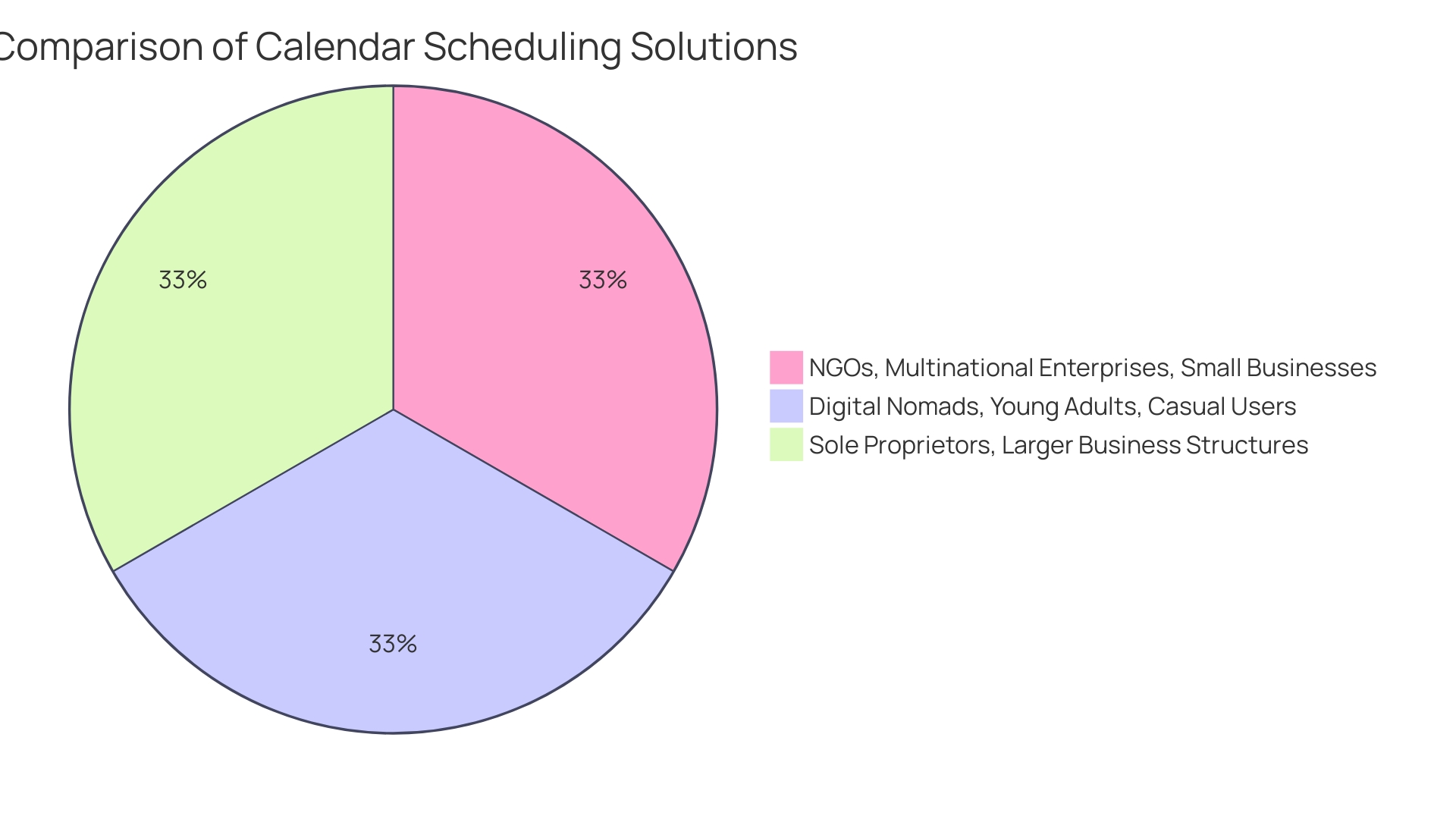
Seek User Reviews and Recommendations
When choosing calendar software, it’s smart to look beyond the glossy features and delve into user experiences for the nitty-gritty. Real people, just like you, who juggle commitments and need a reliable scheduling partner, are the best source of honest feedback. Whether it’s a freelancer managing client meetings or a bustling enterprise aligning team projects, user reviews are gold mines of insight. Dive into what users are saying about tools like Cal.com and Acuity Scheduling, which cater to a range of needs from individual entrepreneurs to larger organizations. By considering the opinions of peers who’ve been in your shoes, you’ll discover not just how user-friendly the interface is or how robust the support team is, but you’ll also get a sense of how these tools stand up in the day-to-day hustle. And with Calendly’s climb from a bootstrapped MVP to a platform that secured its first thousand customers in six months, it’s clear that user feedback plays a crucial role in shaping the software we rely on. So, when you’re weighing options, balance the features with real-world applications and user satisfaction to find a calendar tool that truly fits your operational tempo.
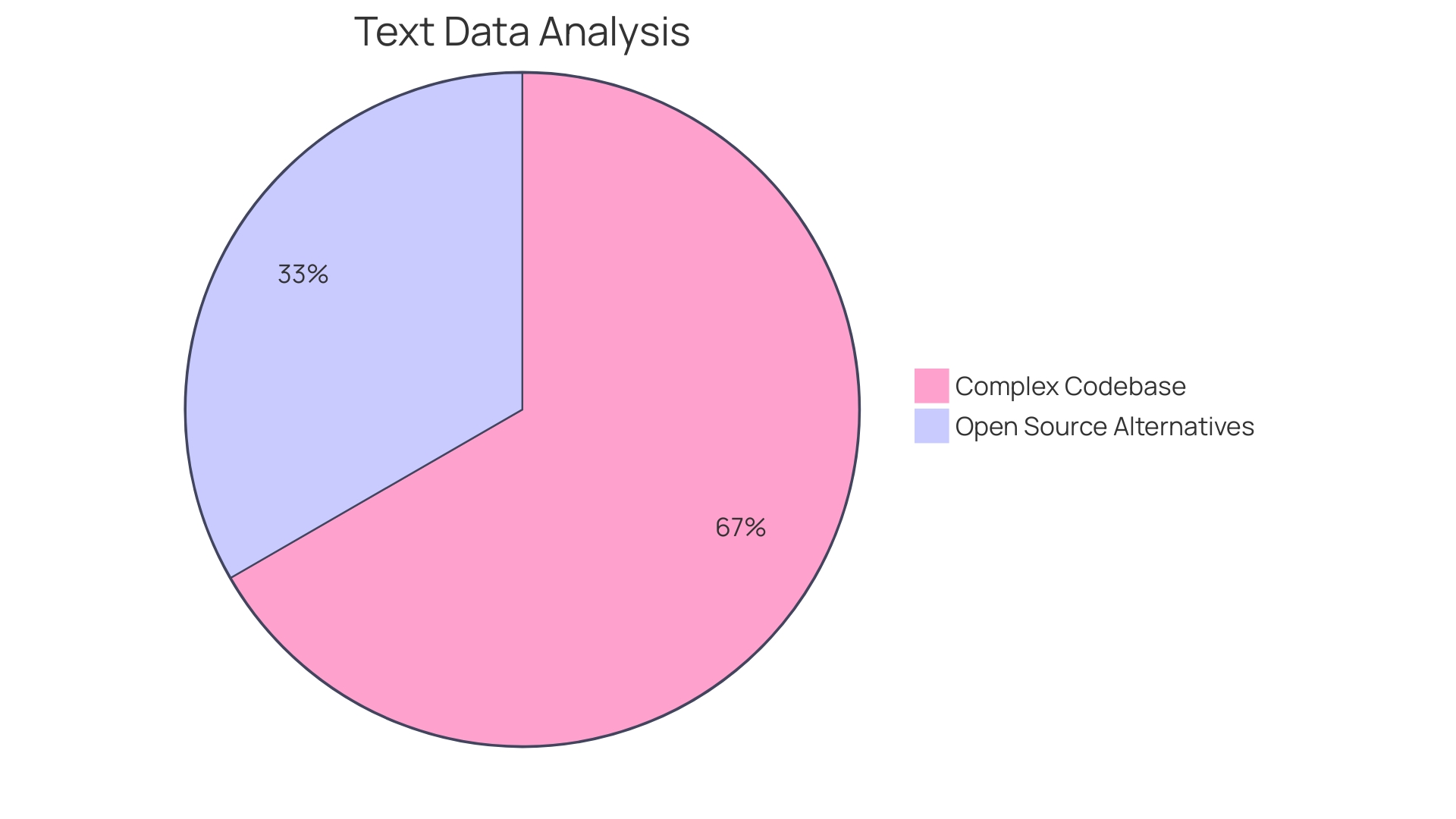
Top Scheduling Tools to Consider
Navigating the bustling landscape of calendar software, we find a plethora of choices tailored to various user needs, from non-profit organizations to sprawling multinational companies, and from individual freelancers to large teams. For instance, Google Calendar stands out with its free accessibility and smooth integration with other Google services, making it a go-to for many who already rely on Google’s ecosystem. Microsoft Outlook, on the other hand, offers a more comprehensive suite for those who are already part of the Microsoft Office environment, delivering advanced scheduling tools that can be vital for complex operations.
Apple users might lean towards the simplicity and interconnectedness of Apple Calendar, which syncs effortlessly with other Apple devices. For teams aiming to enhance collaboration, Teamup presents a platform that simplifies sharing schedules and managing resources. And for professionals juggling back-to-back appointments, Calendly provides an elegant solution to streamline meeting management.
These options represent just the surface of calendar tools available. Each one brings unique features and benefits, reflected in different pricing and reviews. As you consider the best fit for your needs, draw inspiration from successful implementations in various industries. Educational institutions like Somerset Academies have integrated their diverse software ecosystems into more streamlined solutions to enhance operational efficiency. Likewise, companies like Chess.com have leveraged robust IT infrastructures to support daily interactions with millions of users, emphasizing the importance of selecting a calendar system that can scale with growth.
In the end, the right calendar software for you will align with your operational demands and enhance your team’s productivity, echoing the experiences of organizations that have found their rhythm through thoughtful technology adoption.
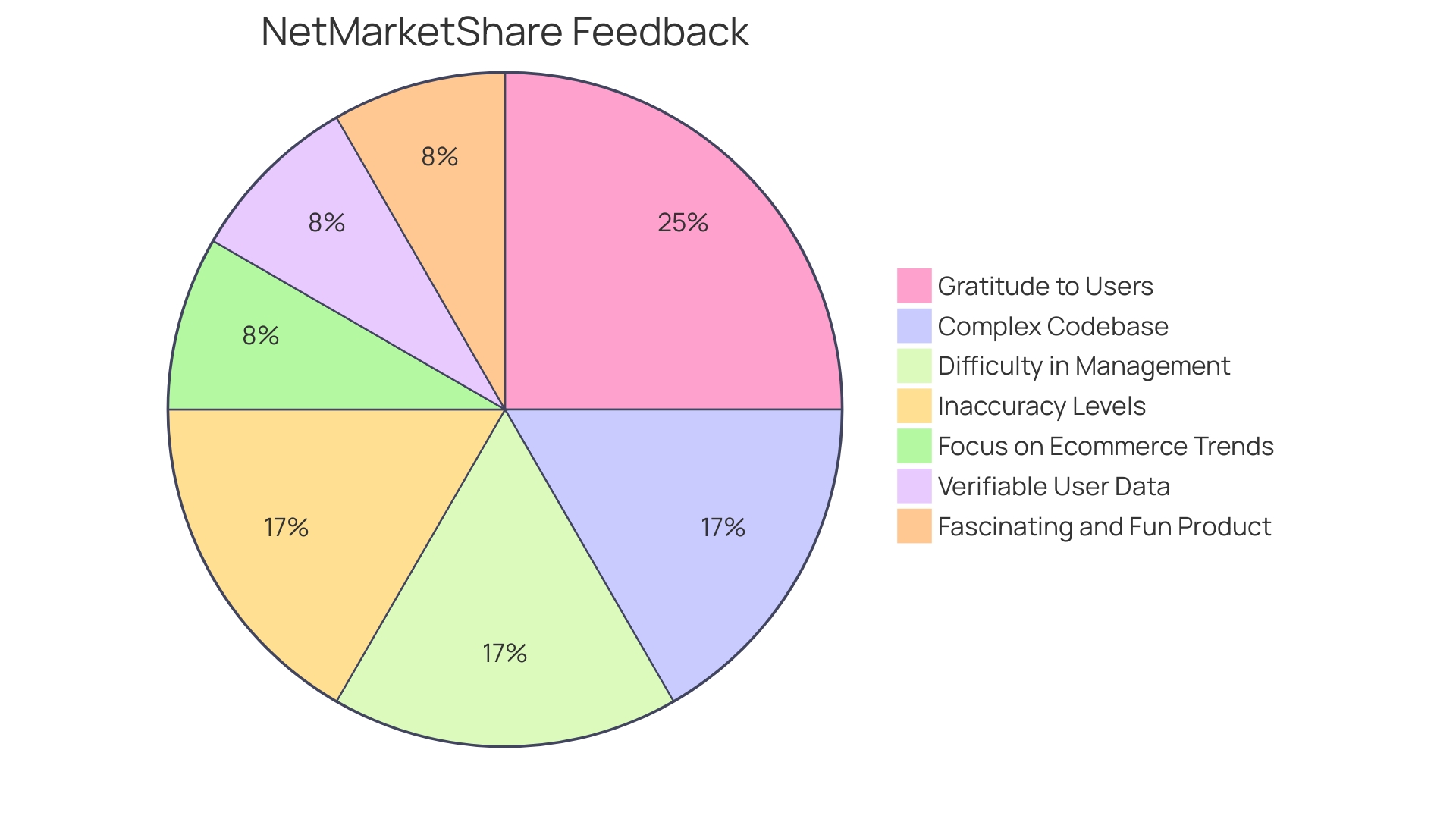
Conclusion
To choose the perfect calendar software, consider these key points. First, define your scheduling needs and objectives. Next, prioritize user-friendliness, compatibility, and integration with other tools.
Mobile accessibility is crucial for managing schedules on the go. Customize your calendar software to fit your style and preferences. Automate notifications and reminders to stay on track.
Ensure security and privacy features protect your data. Evaluate customer support options for assistance when needed. Consider scalability to accommodate future growth.
Review pricing structures to find the best value. Seek user reviews and recommendations for real-world insights. By keeping these factors in mind, you can find a calendar software that revolutionizes your scheduling and management, enhancing productivity and organization.
So, explore the options available and choose the tool that fits your needs best.
Revolutionize your scheduling and management with our calendar software!
